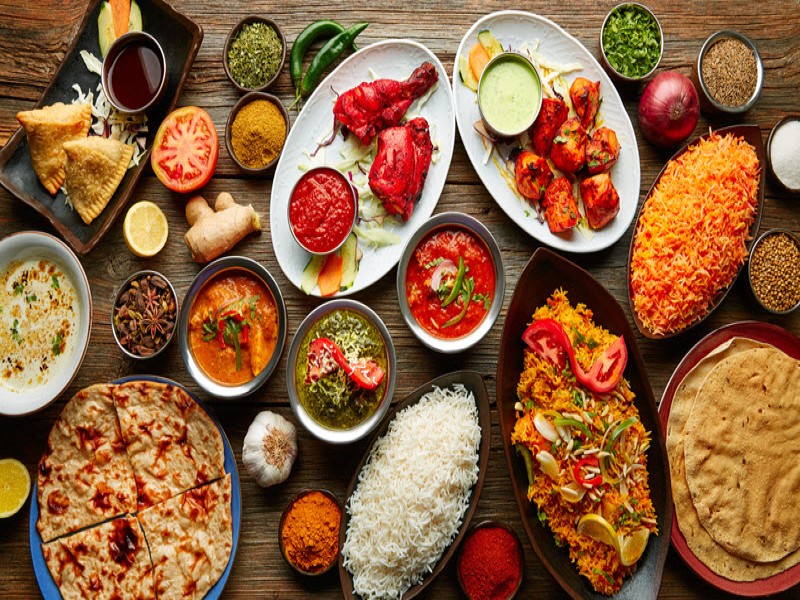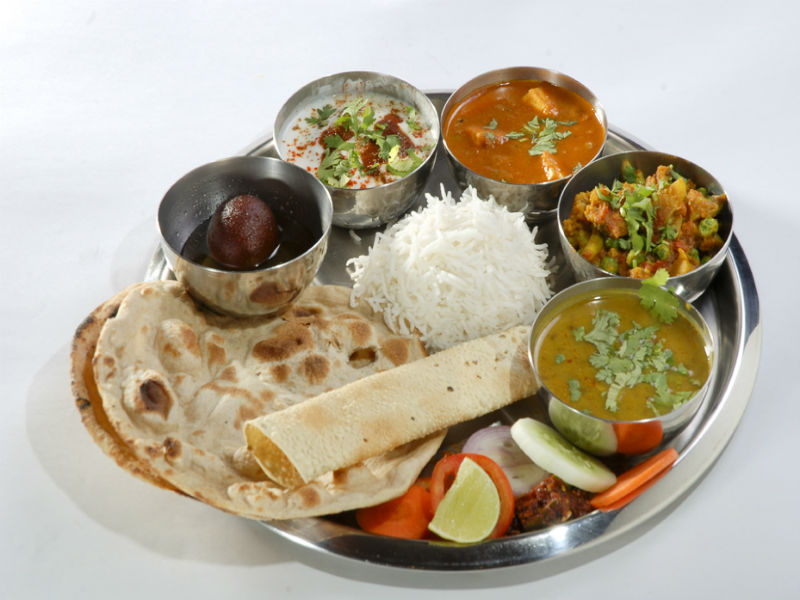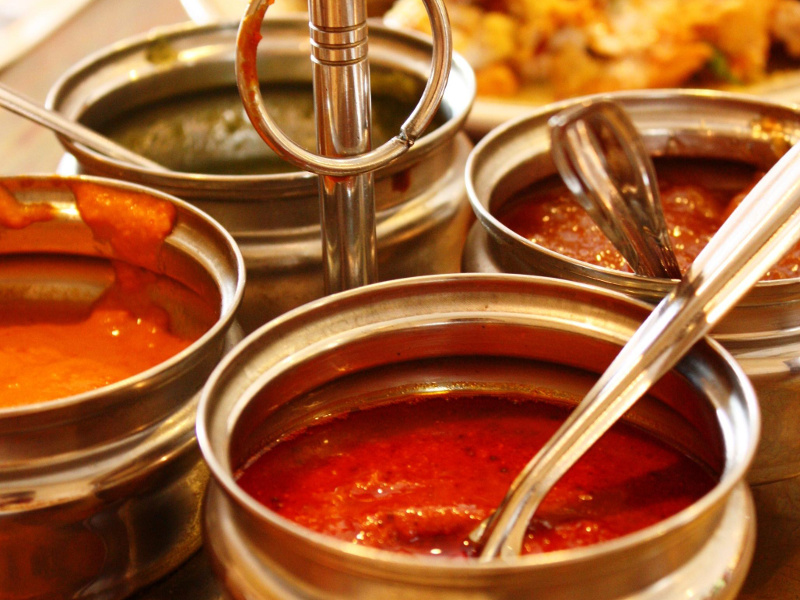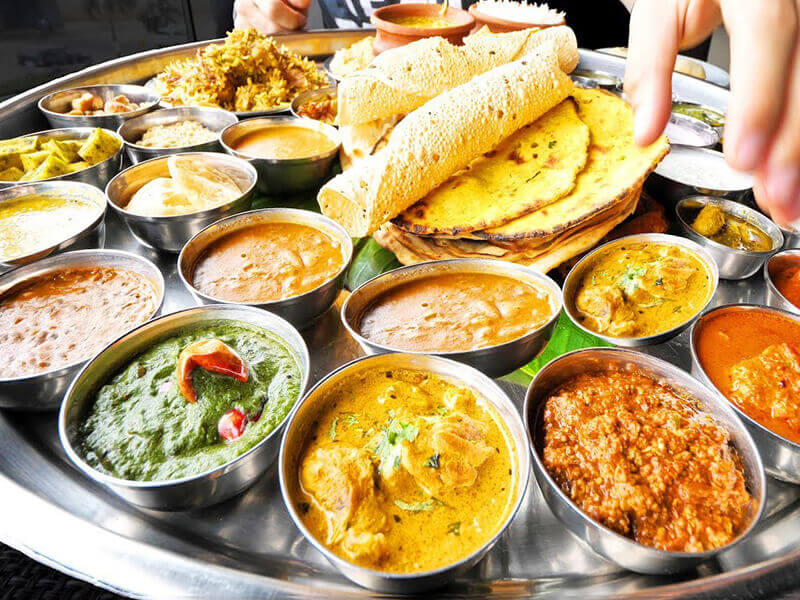A Taste of India: Exploring the Diverse Types of Sauce
Introduction:
Indian cuisine is renowned for its diverse flavors, aromatic spices, and delectable sauces that add depth and character to a variety of dishes. From the tangy and spicy to the creamy and rich, Indian sauces elevate the dining experience and are an integral part of the country’s culinary heritage. In this article, we will explore some of the most popular types of sauces in India, highlighting their unique ingredients, regional variations, and their versatility in Indian cooking.
1. Tomato-Based Sauces:
Tomato-based sauces form the foundation of many Indian dishes. The most popular of these is the versatile tomato puree, made by blending ripe tomatoes into a smooth consistency. It serves as a base for many gravies and curries. Other variations include tomato chutneys, which are tangy and spicy condiments used as side dishes or accompaniments to snacks like samosas and pakoras.
2. Yogurt-Based Sauces:
Yogurt plays a significant role in Indian cuisine, and its incorporation into sauces adds a creamy and cooling element to dishes. Raita, a yogurt-based sauce, is commonly served with biryanis, kebabs, and curries. This versatile sauce can be made with various ingredients like cucumber, mint, onions, and tomatoes, resulting in different flavors and textures.
3. Coconut-Based Sauces:
Found predominantly in the southern regions of India, coconut-based sauces add a unique tropical taste to dishes. Coconut milk and grated coconut are commonly used to create rich and creamy sauces that complement seafood, poultry, and vegetarian curries. Dishes like coconut chutney and coconut-based sambhar (a lentil-based stew) are also popular accompaniments in South Indian cuisine.

4. Tamarind-Based Sauces:
The tangy flavor of tamarind is a signature element in many Indian sauces. Tamarind paste or pulp is often used as a base to create a distinctive combination of sweet and sour flavors. Tamarind chutney is a popular accompaniment to street food items like chaats (savory snacks) and samosas. It is also used in sauces like tamarind vinaigrette, which adds a tangy twist to salads and grilled dishes.
5. Mint and Coriander-Based Sauces:
Mint and coriander, with their refreshing and aromatic qualities, are widely used in Indian cuisine to make flavorful green sauces. Mint chutney and coriander chutney are staples in Indian households. These sauces are made by blending fresh herbs with spices, lemon juice, and sometimes yogurt. They are commonly served with kebabs, pakoras, and as a condiment with main dishes.
6. Mustard-Based Sauces:
Mustard seeds and mustard oil are prevalent in certain regions of India, particularly in the eastern states. Mustard-based sauces exhibit a pungent and slightly bitter flavor profile. Kasundi, a popular mustard sauce made by grinding mustard seeds with other spices and vinegar, is commonly served with Bengali snacks and fried foods. It can also be used as a marinade or dipping sauce.
7. Curry Sauces:
Curry is synonymous with Indian cuisine, and there are numerous types of curry sauces found across the country. Each region in India has its unique way of preparing curries, resulting in a wide array of flavors, spices, and techniques. From the fiery hot Vindaloo sauce of Goa to the fragrant and creamy Mughlai curries of North India, curry sauces are versatile and can be adapted to a range of ingredients, such as vegetables, meats, and seafood.
Conclusion:
Indian cuisine is a cauldron of flavors, and the diversity of sauces used adds depth and complexity to dishes. From tomato-based gravies to yogurt-based raitas, coconut-based sauces from the South to mustard-based kasundis from the East, India offers a remarkable variety of sauces that reflect the country’s regional and cultural heritage. Whether you prefer spicy, tangy, creamy, or sweet, there is a sauce in India to satisfy every palate, making Indian cuisine a delightful journey of flavors and aromas.1. The Growing Demand for Indian Sauces in Global Markets

Indian cuisine has gained immense popularity worldwide, resulting in an increased demand for Indian sauces in global markets. The unique flavors, rich spices, and diverse range of sauce options make them a sought-after addition to international kitchens. Restaurants, food manufacturers, and specialty stores are recognizing the potential of Indian sauces to enhance their offerings and attract a broader customer base.
2. Opportunities for Food Businesses to Venture into Indian Sauces
For food businesses looking to expand their product lines, venturing into Indian sauces presents a lucrative opportunity. By offering authentic and high-quality Indian sauces, companies can tap into the growing consumer interest in ethnic cuisines and capitalize on the rising demand for Indian flavors. Establishing partnerships with Indian sauce manufacturers or investing in research and development to create unique sauce blends can help businesses establish a strong presence in the market.
3. The Role of Packaging and Branding in Indian Sauce Products
Packaging and branding play a significant role in the success of sauces in the Indian market. With tough competition, eye-catching packaging designs and clear labeling are essential in grabbing consumers’ attention and conveying the product’s authenticity. Creating an appealing brand image that reflects the cultural heritage and flavors of India can further differentiate a sauce product in the market and build brand loyalty among customers.
4. Incorporating Indian Sauces into Fusion Recipes and Crossover Cuisine
Indian sauces offer incredible versatility, making them a perfect ingredient for fusion recipes and crossover cuisine. Chefs and food enthusiasts around the world are experimenting with Indian sauces to create unique dishes that combine the flavors of different culinary traditions. By incorporating Indian sauces into their recipes, food businesses can attract customers who are seeking innovative and adventurous dining experiences.
5. Catering to the Growing Demand for Healthy and Natural Sauces
As consumers become more health-conscious, there is a growing demand for healthier and natural sauce options. Indian sauces, with their abundance of herbs, spices, and natural ingredients, can align with this trend. By using high-quality, organic ingredients and avoiding artificial additives, sauce manufacturers can position their products as healthier alternatives to traditional sauces and cater to the evolving consumer preferences.
6. Regional Variations in Indian Sauces and Their Market Appeal

India’s vastness and cultural diversity give rise to a wide range of regional variations in sauces. Each region has its unique combination of spices, flavors, and cooking techniques, resulting in distinct sauce offerings. By exploring the regional variations of Indian sauces and incorporating them into their product offerings, food businesses can cater to specific market segments and provide authentic experiences to consumers who are seeking traditional flavors.
7. Strategies for Market Entry and Expansion for Indian Sauce Manufacturers
For Indian sauce manufacturers looking to enter or expand into international markets, strategic planning is crucial. Conducting market research to understand consumer preferences, adapting packaging and labeling to meet local regulations, and building distribution networks and partnerships are vital steps in successfully entering new markets. Additionally, leveraging digital marketing and e-commerce platforms can help manufacturers reach a wider audience and establish their brands globally.
8. Foodservice Industry Application of Indian Sauces
The foodservice industry presents significant opportunities for incorporating Indian sauces into menus. Restaurants, cafes, and catering businesses can leverage the diverse range of Indian sauces to introduce new flavors and add depth to their dishes. Whether used as marinades, cooking bases, or condiments, Indian sauces can elevate the dining experience and attract customers looking for unique and exciting culinary experiences.
9. Indian Sauces as a Ingredient in Packaged Food Products
Packaged food products, such as ready-to-eat meals, snacks, and international food kits, often incorporate Indian sauces as an integral ingredient. These products cater to the growing demand for convenient and globally-inspired meal solutions. By positioning their sauces as a convenience element for home-cooked meals or as a flavor enhancer for packaged foods, sauce manufacturers can tap into this expanding market segment.
10. Export Potential and Opportunities for Indian Sauce Manufacturers
Indian sauce manufacturers have significant export potential to tap into international markets. By showcasing the rich flavors and diverse range of Indian sauces, manufacturers can attract buyers and distributors globally. Participating in international trade fairs, engaging in B2B collaborations, and complying with food safety standards and certifications are essential in establishing credibility and expanding export opportunities.
11. The Emergence of Online Marketplaces for Indian Sauces

The digital era has opened up new avenues for sauce manufacturers, with the emergence of online marketplaces. Platforms specifically dedicated to Indian food products provide a broader reach and accessibility for consumers worldwide. By listing their products on these platforms and leveraging targeted digital marketing strategies, sauce manufacturers can reach a global audience and establish a strong online presence.
12. Conclusion: The Promising Future of Indian Sauces
The incredible variety and flavors of Indian sauces make them a valuable addition to the global culinary landscape. From traditional recipes to fusion creations, Indian sauces possess a versatility that appeals to a diverse range of palates. With the growing interest in Indian cuisine, the demand for Indian sauces will continue to rise. By recognizing the market potential, adopting innovative strategies, and maintaining high-quality standards, businesses can capitalize on this trend, leading to a promising future for Indian sauces on both local and international stages.









